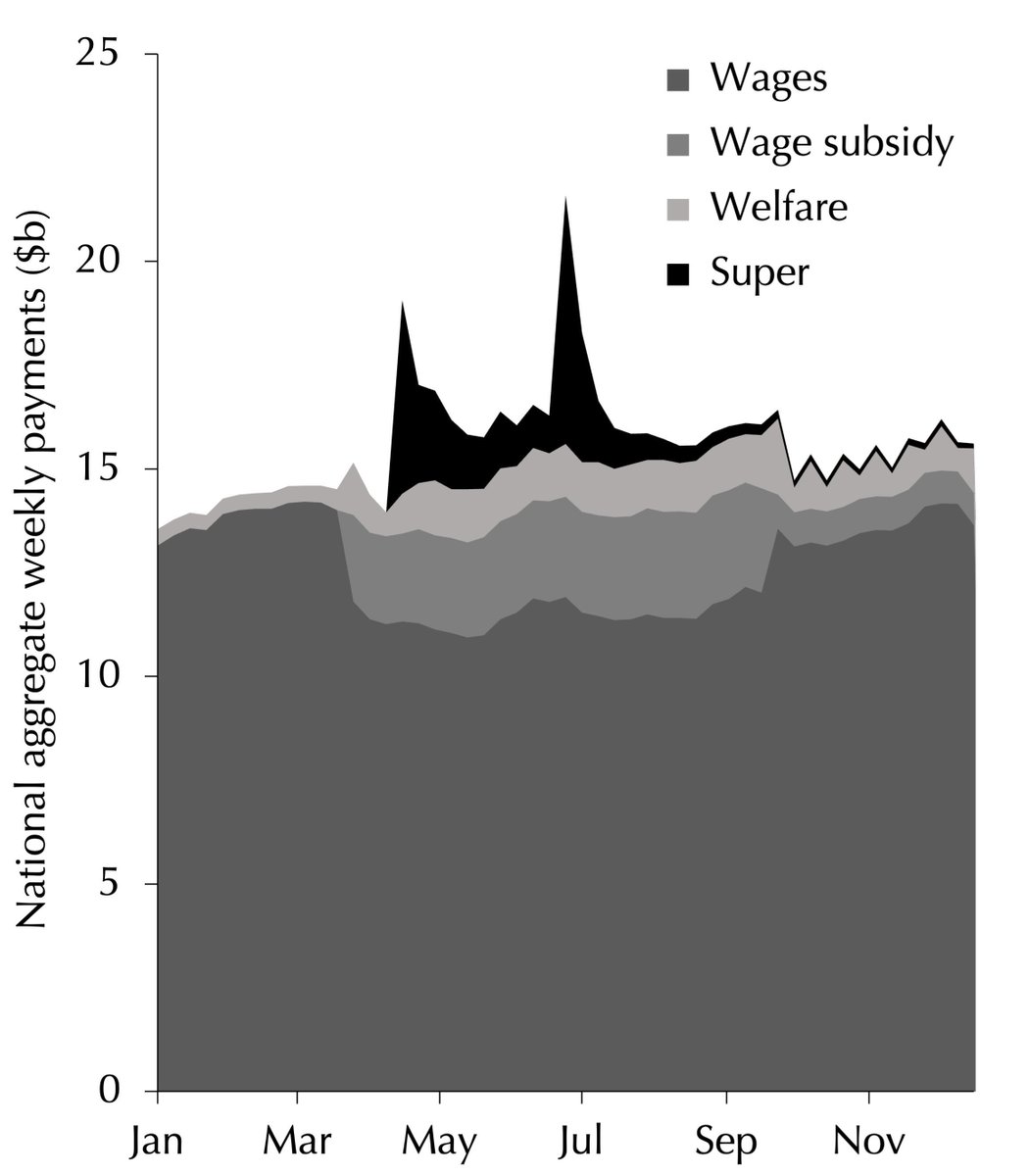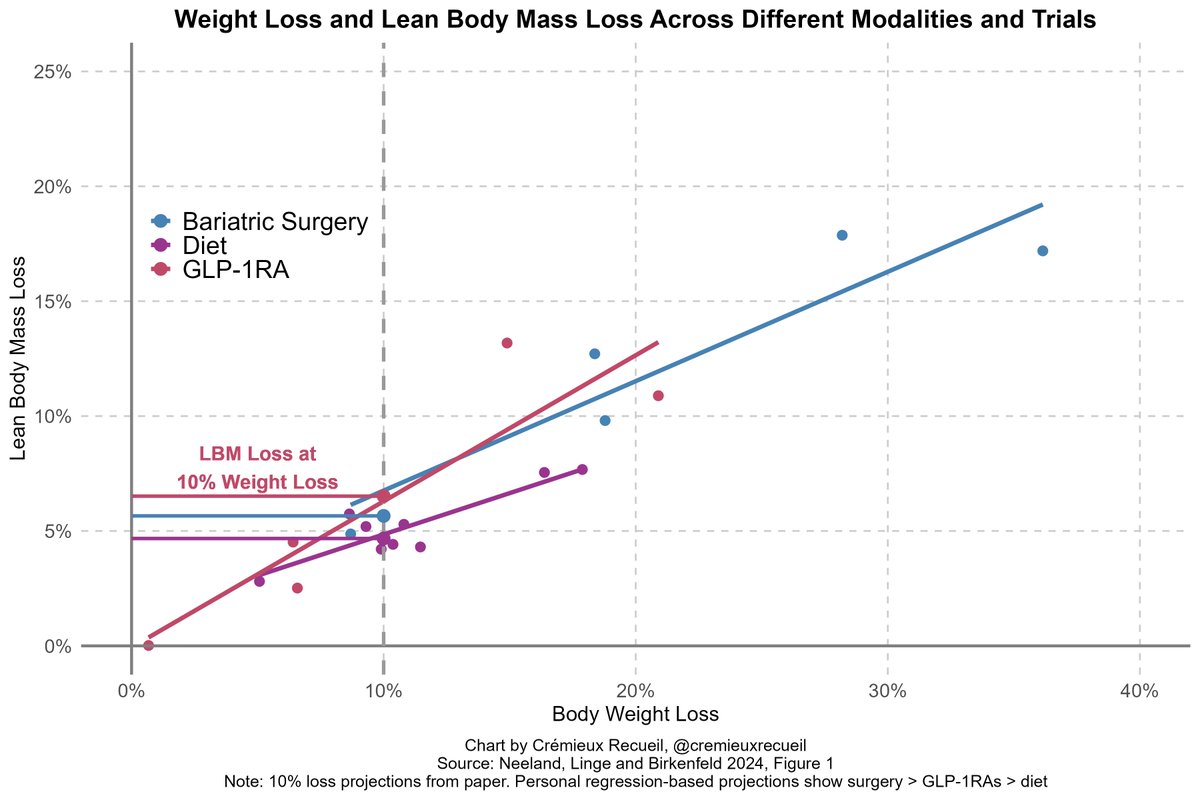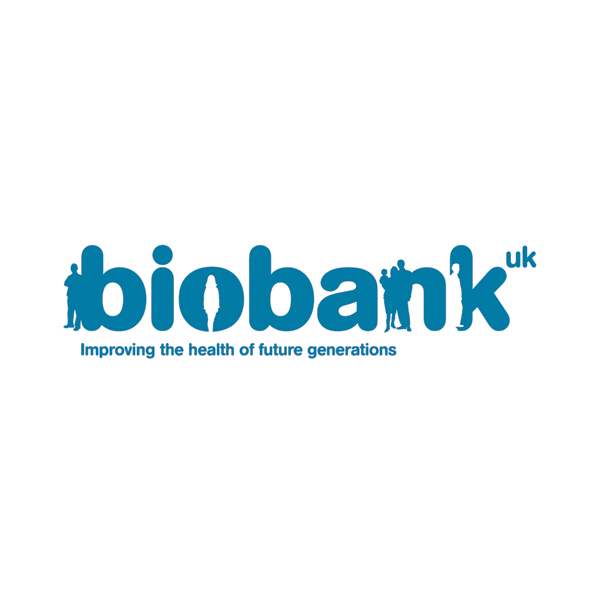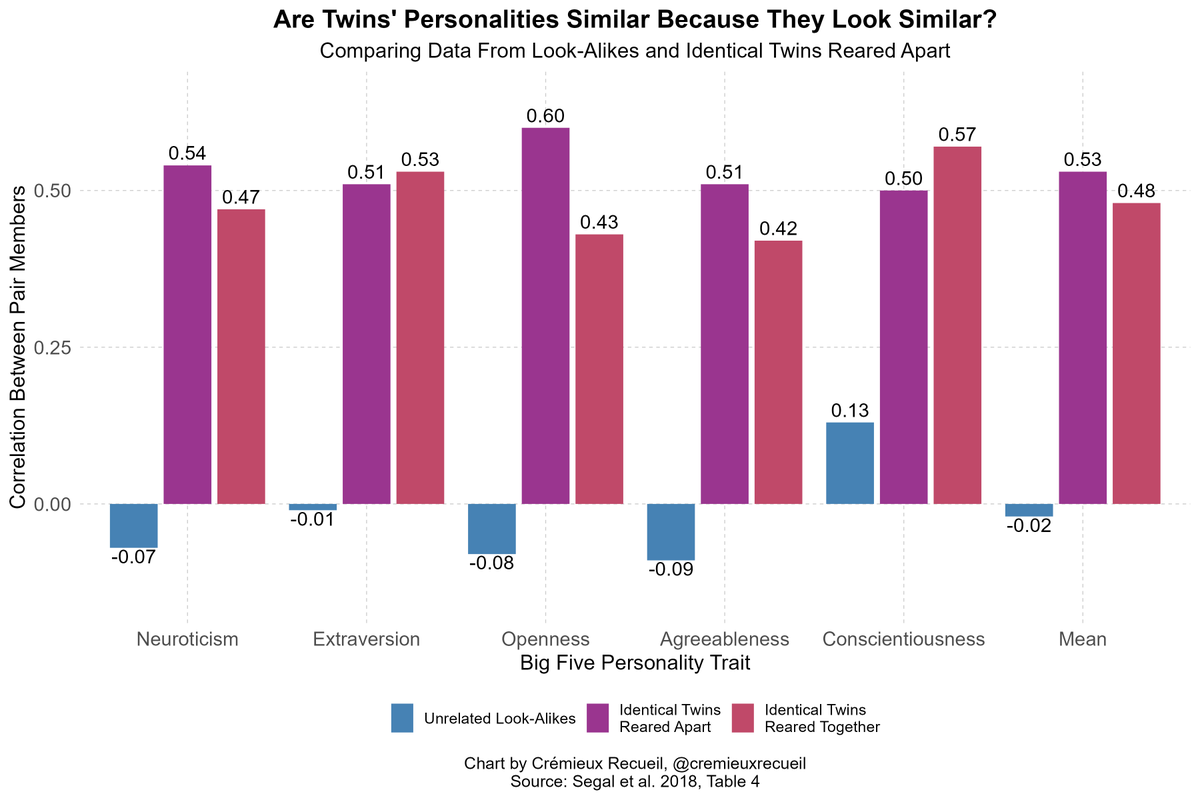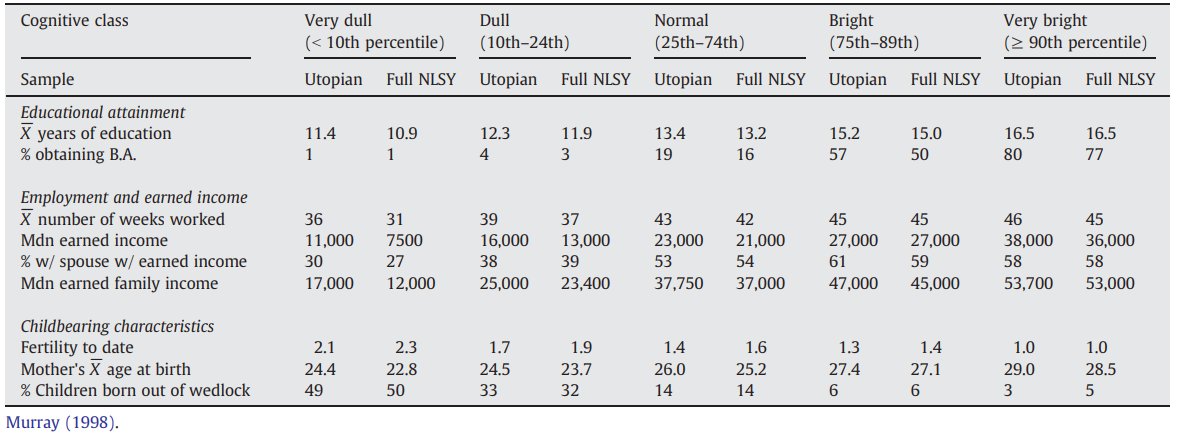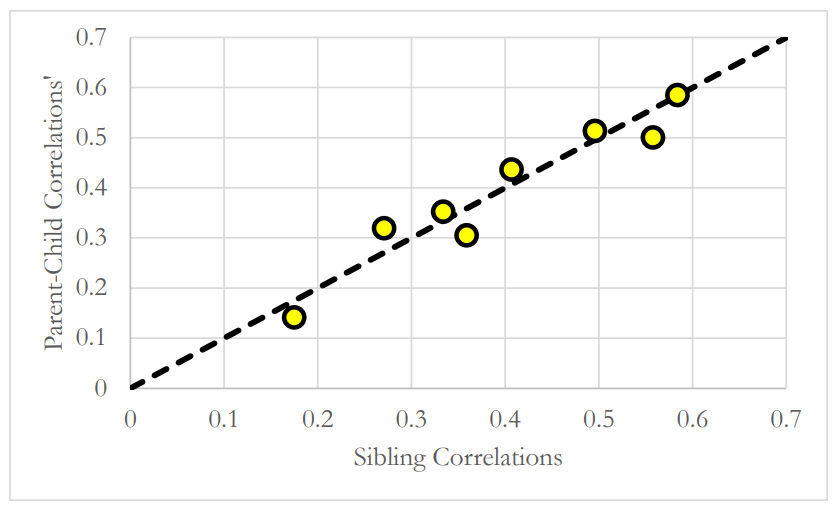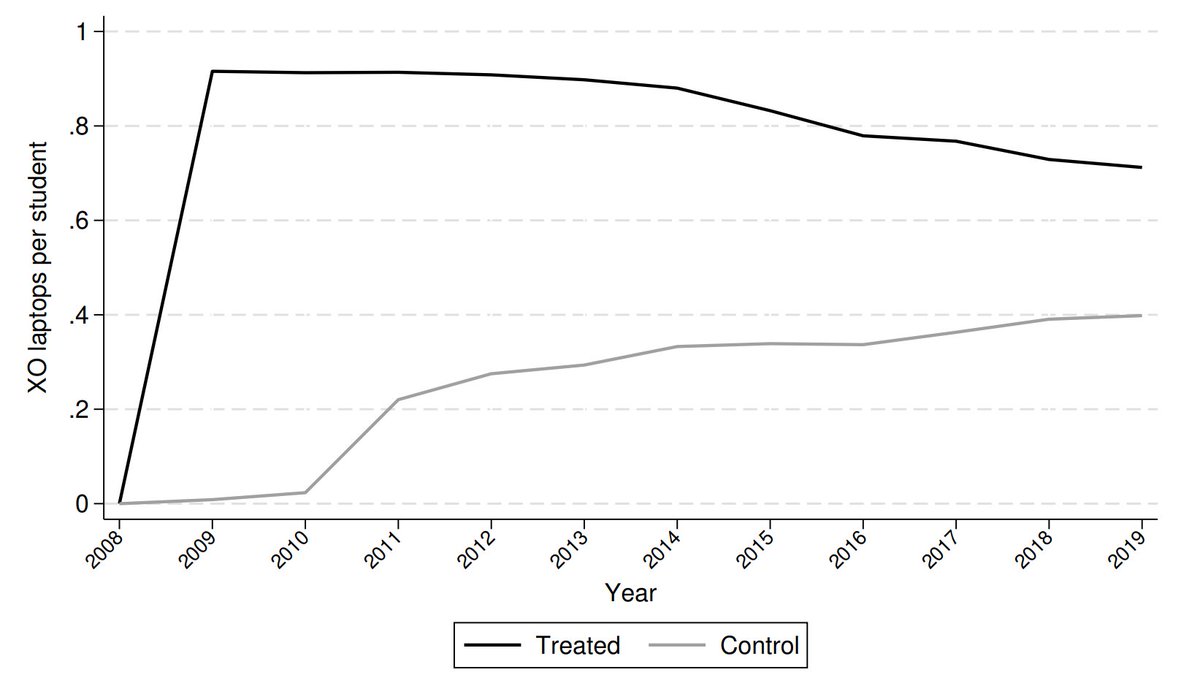As pit bulls have become more common, their representation in dog fatalities has grown, as have the per capita rates of dog fatalities and injuries. 

In 1979-1998, pit bulls were a quarter as common as now, but they were still responsible for a large % of deaths. The premiere "aggressive dog" at the time was the Rottweiler, and despite its reputation, bad owners, and far greater numbers, it didn't kill as many as the pit bull. 

And this isn't due to mix-ups. We used to have data separating purebred pit bulls from crossbred ones.
Crossbred pit bulls are fortunately now more common, but they used to be the less common variety. It's fortunate because the mixing means less violence per dog.
Crossbred pit bulls are fortunately now more common, but they used to be the less common variety. It's fortunate because the mixing means less violence per dog.

More recently, in the deadliest states with respect to dog attacks, it's clear that pit bulls are to blame for most dog fatalities. 

A major part of why pit bulls are such outliers is that, where we have data, it appears they kill people at a wider - older - range of ages.
52% of all dog fatalities are of people ≥10 while 72% of pit bull fatalities are, versus 28% for the ~94% from all other breeds combined
52% of all dog fatalities are of people ≥10 while 72% of pit bull fatalities are, versus 28% for the ~94% from all other breeds combined

Despite aggressive dogs and bad owners being a thing forever, the switch from Rottweilers and the like to the pit bull has been destructive for this reason
Dog fatalities used to be a problem for children alone, but due to pit bulls they are now largely a problem for people ≥10
Dog fatalities used to be a problem for children alone, but due to pit bulls they are now largely a problem for people ≥10

Pit bulls are not deadly because they're strong. Many breeds are stronger. They are deadly for the reason fighters want them: tenacity.
"Pit Bull" here is a mix, but the broader label applies to the APBT, American Staffordshire Terrier, and the Staffordshire Bull Terrier.
"Pit Bull" here is a mix, but the broader label applies to the APBT, American Staffordshire Terrier, and the Staffordshire Bull Terrier.

This is something that's difficult for police to get dogs to adopt through the rigorous training they're subjected to. Most fail! Because it's been bred into pit bulls, it's much more reliably observed in that breed.
Other BSL'd breeds are also often extremely tenacious.
Other BSL'd breeds are also often extremely tenacious.
Here's a previous post with the relative risks of fatalities by breed.
https://twitter.com/cremieuxrecueil/status/1645456774168821764
• • •
Missing some Tweet in this thread? You can try to
force a refresh



